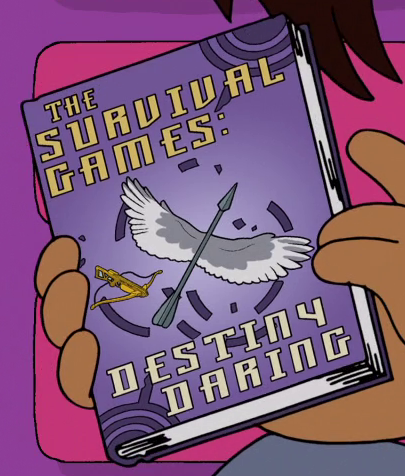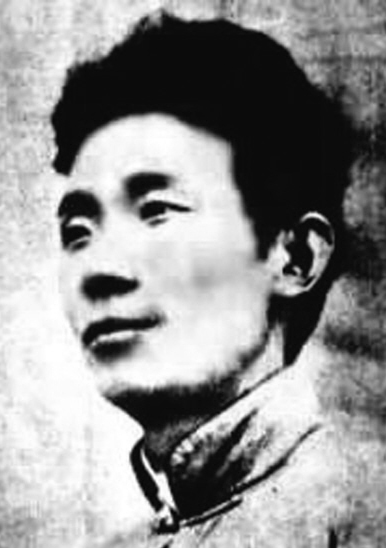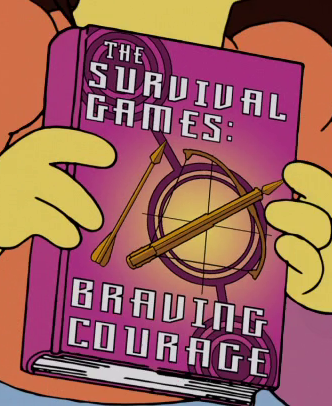Today is National Sami Day! It´s a day that celebrates a small ingenious group of people who exist traditionally in the northern regions of Norway, Finland, Sweden and Russia (Sápmi or Lapland). The Sami, commonly known under the moniker Laps or Laplanders, are Caucasians and were previously nomads, before the involvement of others made this impossible. They have a language of their own, known as Sami, who consists of many different types: Northern sami, Inari sami and Southern Sami being the three biggest ones. As with any ingenious groups, centuries of oppression has made their own original faiths come under siege and their own way of life has been nearly forgotten, meaning many of the younger Sami people do not have access to the Sami language, or find the means to speak it fluently. Discrimination is a huge problem for today’s Samis, who face racism and aggressive nationalism from the non-ingenious Swedes, Finns and Norwegians. Simultaneously, with growing awareness of the culture and vibrancy of the Sami people, Finland and Norway have signed the Ilo-Convention, and Sami is protected under the Swedish law as a “Minority language”. In honor of the Scandinavian national day of the Sami, I will review a documentary that consists of both of a generalized cultural history of these people and moving personal view of living as a Sami in the modern age.
The title of the film, “Jouguan”, means “Jojk” in Sami, a traditional voice device of singing in the Sami culture. It consists of a mixture of humming and singing, where the words are slightly hummed out. The documentary, directed by Maj Lis Skaltje, contains interviews from Norwey, Sweden and Finland. The people being interviewed are all Sami, with the exception of the narrative contextualization of a few historians. The film samples a large and divergent range of different aged Sami people, the oldest being near 80 and 90, while the youngest reside in their teens. Some of the Samis being interviewed live in Sami areas (similar to Indian reservations that exist in the states) and some live in cities. The interviews consist of colorful, funny, insightful and heart-breaking stories.
The significance of what the jojk means to each Sami is touched upon and indicate the wide range of explanations, motivations and motives in which the jojk resides and resonates for the Sami culture. One of the mainstays of the jojk is the Sami use for the herding of reindeer, which is the traditional life style in Sami communities. The Samis were originally entirely dependent on the reindeer, and used them for clothing, food and traveling. The reindeer respond to the humming, especially when it´s their owner who is singing. In this way the jojk is tied with other traditions. Other Samis, both young and old, use the jojk as a way to pay tribute to their family members and different aspects of nature. For instance one of the first interviews Ms. Skaltje did was of two brothers living in Soppero (a Sami area nearby Kiruna, in Sweden) who sing their own jojks dedicated to each other with a heart-warming earnestness. She also interviews a middle-age man who jojks about his cat, with a hilariously accurate mimic. Ms. Sakltje interviews another middle aged man who uses the jojk to learn Sami language, since he grew up with parents who decided not to teach him Sami. The man explains that the Sami have many different ways of expressing their ethic identity; for some speaking the language is the most essential, for others reindeer herding take on the cultural task, and for others the making of the traditional clothing comes to implant them in their cultural identities. For him, personally, the jojking is the most important means to connect with the tone of the cultural roots of the Sami, since he feels like it is a way for him to get in touch with his historical ethnicity and to express his personal emotions regarding this, and his, distinctiveness freely.
“Jouguans” ample and various interviews give a multi-layered and effervescent depiction of the Scandinavian indigenous people. The Sami in this film have different ways of relating to their heritage and culture and the singing is as unique as every one of the personality we meet within the documentary. The singing is shown as not merely a decorative, exotic type of “folk” singing but a cultural reverberating strength and a resilient personal exploration for each member of this pressured group. The documentary masterfully shows how the songs are used for work, humor, expressions of love and lost, and also for speaking of difficult times that the Sami have gone through. And continue to do so.
Along with the strength of the diverse interviews, “Jouguans” also explores the historical trajectory of the many ways Samis have been persecuted throughout the ages and the many countries they have inhabited. The jojk, as well as the traditional drum the Sami used when singing, was seen by the Christians as heretical and devotedly antithetical to Christian teaching. Because of this, along with other cultural factors, Sami people were commonly accused of witchcraft during the middle ages and all the way to the 17th century many of them found themselves accused of heresy, or worse, and burned at the stake. This was quite common in Norway, where up to 20% of the people executed for witchcraft were found within the Sami population (both men and women).
The director Maj Lis Skaltje herself speaks openly in the film about her childhood, where she was, due to her Sami roots, marked as unclean by the eugenics policy and testing that dominated in Swedish politics in the 40 to 60´s. While the Sami people were spared from forced sterilization in the Swedish context (a fate that many poor and mentally/physically disabled and women accused of “promiscuousness” had to endure) they were still forcibly and geographically isolated from society and, being deemed a lower people, could therefore not be tolerated to mix with the purer, higher Swedish type. Ms. Skaltje describes how she grew up ashamed of herself, too frightened to even dare speak her own mother tongue. Jojking, along with the fear and avoidance of the Sami Tongue, was seen in this age as a dirty, devilish, and barbaric act.
The Narrative trace of “Jouguans” engulfs us in these facts and personal stories both shock and move us, but does not let us give ourselves forgiveness for these deeds. As with any ingenious group, the Sami´s history is, still and robustly, erased in common history lessons in Scandinavia. The hard and divisive struggles of the Sami are not often discussed in society nor seen as important in the national dialogues of the many states in which the Sami now find themselves. Because of this the mere reiteration of Ms. Skaltje own story becomes a courageous, radical political act of the voice of the forgotten, and brings forth the truth of the systematic oppression the Sami have faced.
“Jojk” is an extraordinary documentary, with a rich character gallery, great music and captivating history. It´s shots are gorgeous; everything just works in this film. So on this day, when we celebrate the Samis heritage and history, it is hugely recommended to go see this movie to learn a great deal about both!

















































“I Am Not A Witch”: Review!
“I Am Not A Witch” (2017) is a Zambian film that mixes magic realism with biting social commentary. For those interested in dipping their toes into African Cinema, I highly recommend!
With Love/ Maaretta